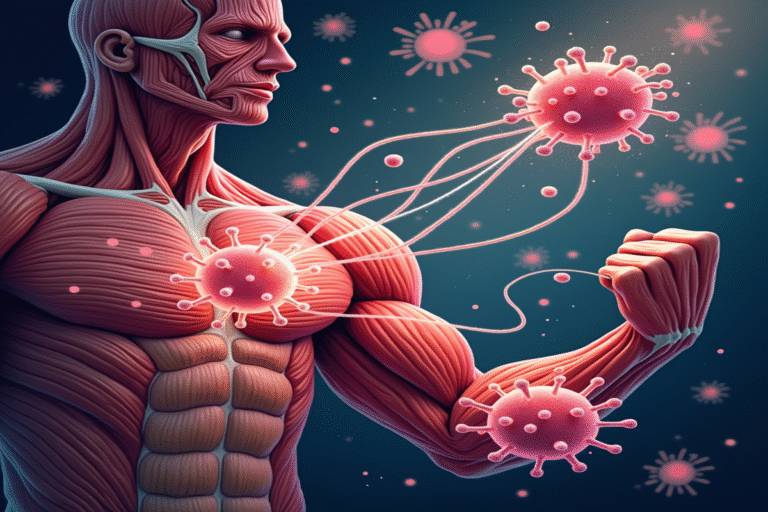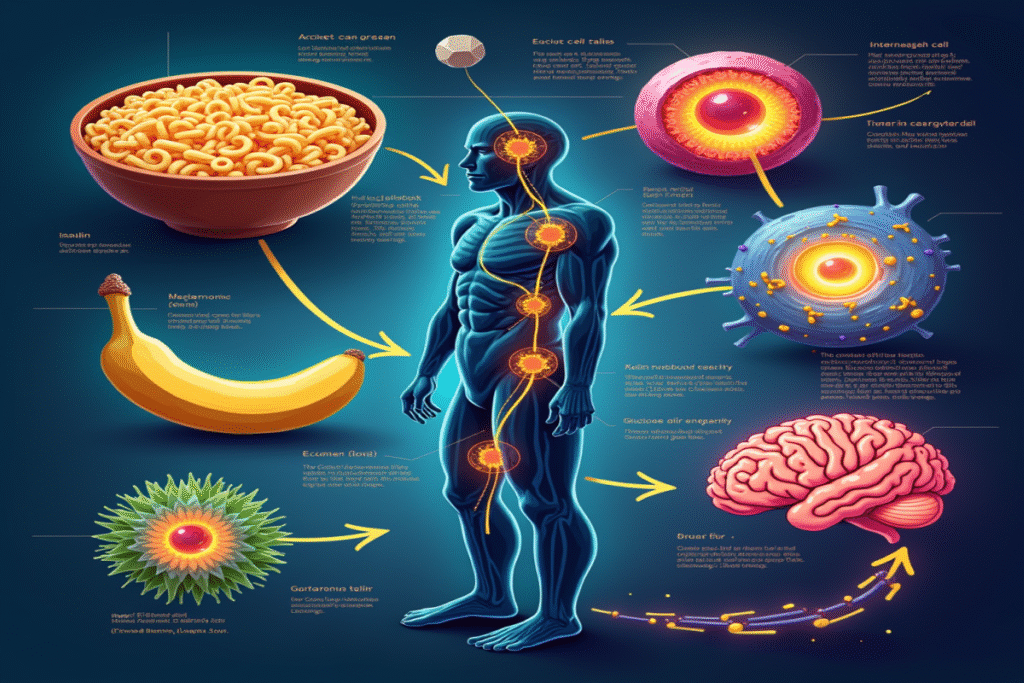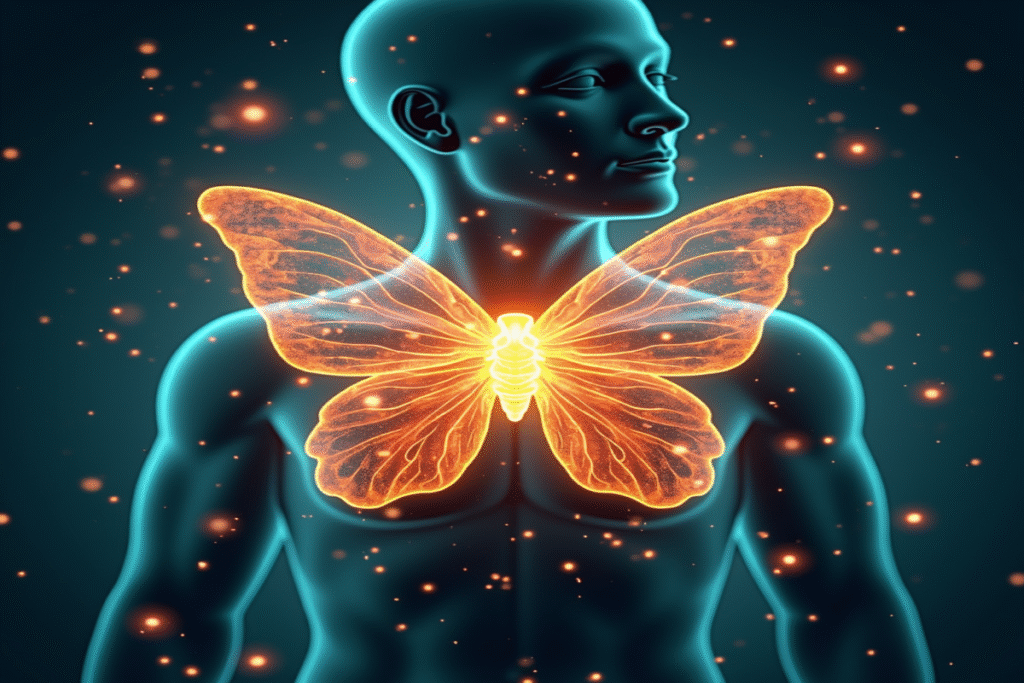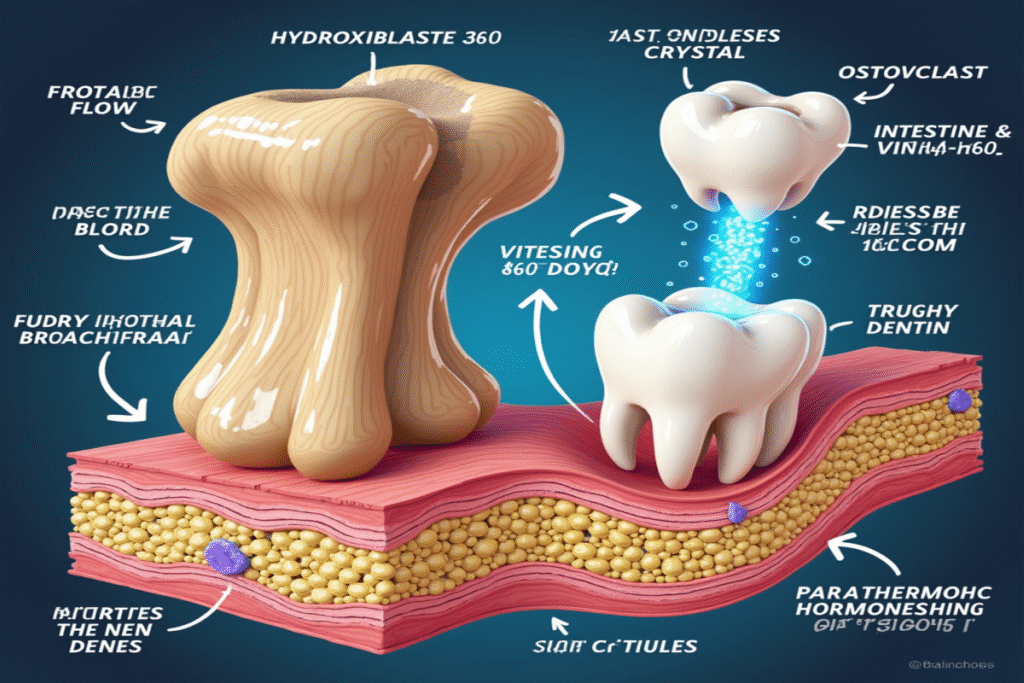Ever wonder why that satisfying post-workout muscle soreness actually leads to gains? The answer lies in a fascinating biological process that transforms temporary damage into lasting strength.
The Microscopic Damage That Makes You Stronger
During intense exercise, especially resistance training, your muscle fibers experience tiny tears called microtrauma. These microscopic injuries occur when you push your muscles beyond their comfort zone—whether you’re lifting weights, sprinting, or doing bodyweight exercises. At the cellular level, your muscle fibers are literally breaking apart in small, controlled ways.
But don’t worry! This controlled damage is exactly what triggers your body’s remarkable repair mechanisms.
The Inflammatory Response: Your Body’s First Responders
Within hours after exercise, your immune system recognizes these micro-injuries and launches what scientists call an acute inflammatory response. Special immune cells called macrophages rush to the damaged areas, cleaning up cellular debris and releasing signaling molecules called cytokines.
This inflammation isn’t the harmful kind associated with disease—it’s actually a carefully orchestrated healing process that sets the stage for muscle growth. While you might feel some tenderness or swelling during this phase, it’s a sign your body is hard at work repairing itself.
Satellite Cells: The Hidden Heroes of Muscle Growth
Perhaps the most fascinating players in muscle repair are satellite cells—specialized stem cells that normally lie dormant alongside your muscle fibers. When muscle damage occurs, these cells “wake up” and spring into action.
Activated satellite cells multiply and fuse with damaged muscle fibers, donating their nuclei and providing the genetic instructions needed to produce new muscle proteins. This process, called myonuclear addition, is crucial because muscle fibers contain multiple nuclei to help them manage their large size and demands.
Protein Synthesis: Building Back Stronger
The repair process reaches its peak 24-48 hours after exercise through protein synthesis—your body’s method of creating new muscle proteins to replace and strengthen those that were damaged. This is why nutrition experts emphasize protein intake after workouts; your body needs amino acids to rebuild and fortify muscle fibers.
Amazingly, your body doesn’t just repair the damage—it often builds slightly more muscle tissue than before. This process, known as supercompensation, prepares your muscles to better handle future stress.
The Molecular Signaling Behind the Magic
At the molecular level, exercise activates pathways like mTOR (mechanistic Target of Rapamycin) and suppresses others like myostatin (a protein that limits muscle growth). Growth factors such as IGF-1 (Insulin-like Growth Factor 1) are also released, stimulating even more muscle repair and growth.
These molecular signals work as a complex communication system, guiding your cells on how to adapt to exercise stress. With regular training, this signaling becomes more efficient.
Why Rest Days Matter
Complete muscle repair usually takes 24-72 hours, which is why fitness experts recommend rest days between intense workouts for the same muscle groups. Without enough recovery time, the repair process can’t finish, increasing the risk of overtraining and reducing progress.
Sleep quality is also crucial. During deep sleep, growth hormone levels increase, speeding up tissue repair and muscle recovery.
Next time you feel that satisfying muscle soreness after a workout, remember: you’re not just feeling pain—you’re experiencing your body growing stronger through an amazing cycle of damage, repair, and growth.





